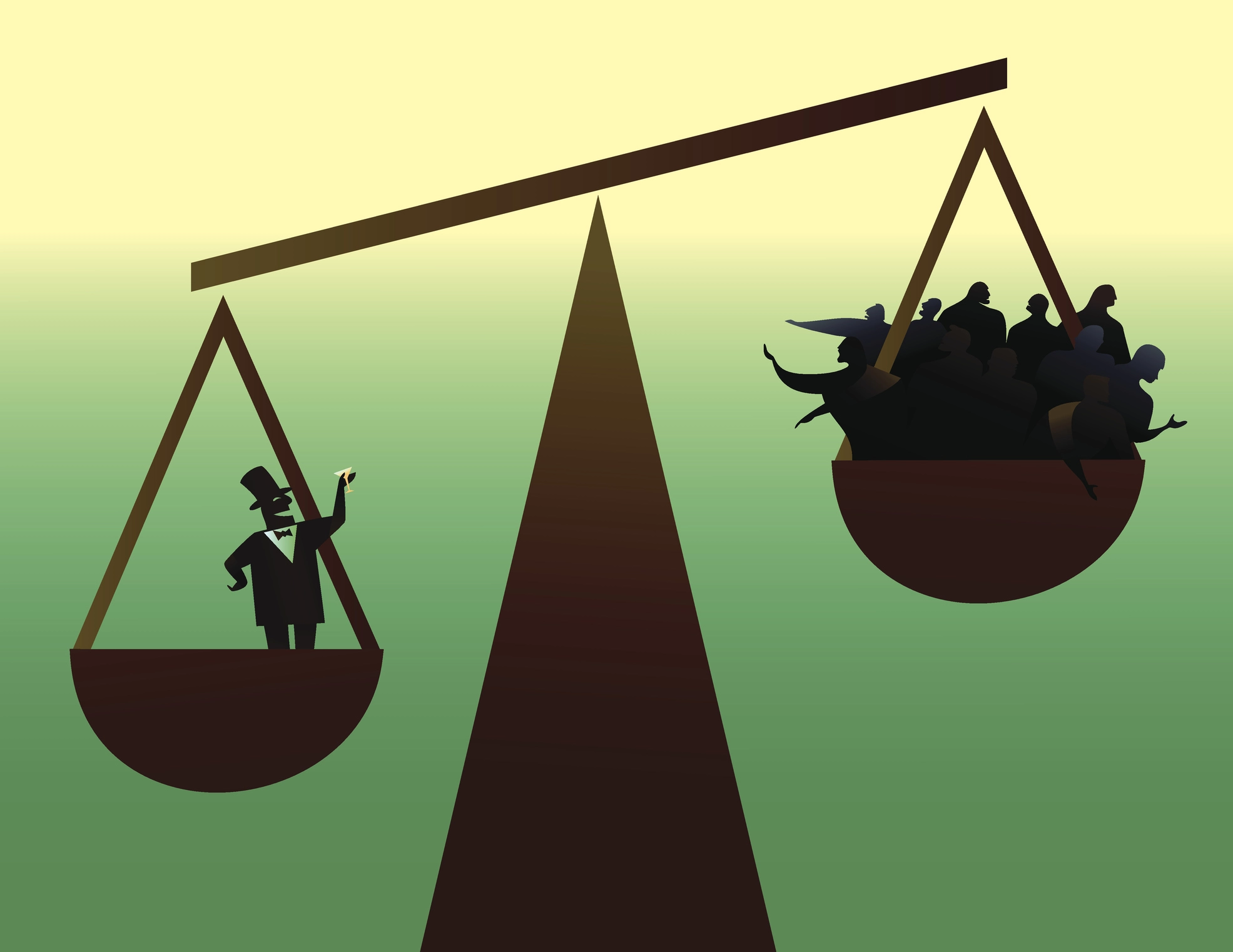Wealth inequality is the difference between the income of a person and their net worth. Net worth is a family’s total assets minus its liabilities. For example, a person’s assets might include their personal residence, cash in their savings account, investments in stocks and real estate, and retirement accounts. A person’s liabilities, on the other hand, would be the amount of debt the individual owes. Today, the inequality of wealth in the United States is even greater than the income gap between the richest and the poorest citizens.
Those with negative wealth are families with debts exceeding their assets. These families are often living on the edge, just a minor economic setback away from disaster. According to the Institute for Policy Studies, the racial wealth gap has narrowed slightly between 1989 and 2016, but the gap has not completely closed. As a result, a family’s median wealth has remained higher among white nongrads than among black and Hispanic nongrads.
While the wealth gap in the United States is higher than that in other developed countries, this problem is not unique to the United States. Many European countries have lower income inequality than the United States. In other developed nations, such as China, the income distribution is relatively less extreme. However, the United States has more billionaires than any other country.
Currently, the top ten percent of American families own almost ten times more wealth than the bottom half. Meanwhile, the bottom 50 percent own just 1% of the nation’s total wealth. This wealth gap has persisted for decades and many scholars view education as the key to closing it. For example, an average American family has $1.2 million in net worth while a median Black family only owns $97,000.
The Gini index is a statistical method used to measure wealth inequality. It was invented by Italian statistician Corrado Gini and measures income and wealth inequality. Gini coefficients range from zero to one, with zero indicating perfect equality, and one representing greater wealth inequality. The Gini coefficient is also expressed as a percentage.
One way to reduce wealth inequality is to control for age. People are living longer and working longer than they did a generation ago. That extra year can make a substantial difference in how much wealth an individual will have. By controlling for age, the wealth gap can be significantly reduced. If the wealth gap remains low, there may be other factors influencing the wealth distribution.
Since the 1970s, income concentration has increased dramatically. While the middle class experienced a decline in its share of the total economy, the share of income held by upper income households increased significantly. The disparity between top incomes in the United States has only slightly decreased since the Great Recession.






